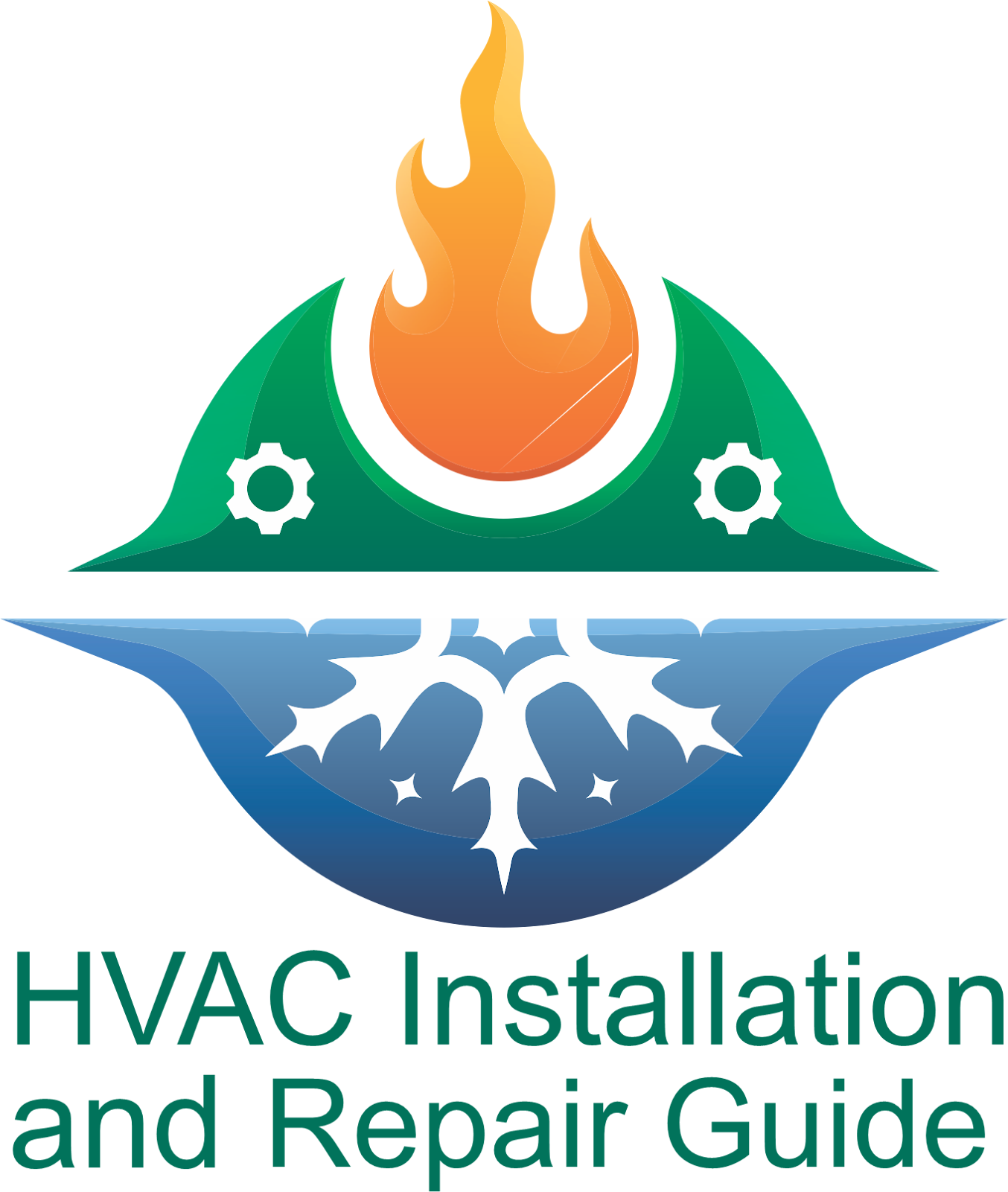HVAC Systems with One or Two Stages
Overview
HVAC systems are essential for preserving indoor comfort since they control the humidity, temperature, and air quality in houses and buildings. Choosing an HVAC system may expose you to terminology such as "two-stage" and "single-stage." You must comprehend these concepts to make an informed choice that meets your needs. This blog will discuss the distinctions between single-stage and two-stage HVAC systems to assist you in selecting the best model for your house.
Understanding Single-Stage HVAC Systems
Definition and How They Work:
Single-stage HVAC systems only operate at full capacity. When the system is turned on, it operates at full capacity until the target temperature is attained, at this point, it shuts down entirely. Although simple to use, this on-off cycle may cause temperature changes.
Advantages:
- Simplicity: Simpler to set up and use.
- Reduced initial cost: Buying and installing are typically less expensive.
- Reliability: Fewer components equals fewer potential problems.
Cons:
- Efficiency: In comparison to two-stage systems, less energy-efficient.
- Comfort: Constant on/off cycling may cause hot and cold patches.
- Noise: Since the system always operates at maximum capacity, it is frequently louder.
Optimal Use Cases:
- Smaller residences or structures with simpler heating and cooling requirements.
- Temperate regions with little extremes in temperature.
- Homeowners on a tight budget are searching for an easy fix.
Understanding Two-Stage HVAC Systems
Definition and How They Work:
There are two operating modes for two-stage HVAC systems: high and low. Most of the time, the system can operate at a reduced capacity, only raising to its maximum capacity when absolutely required—such as in severe weather. This enables increased efficiency and more accurate temperature management.Advantages:
- Efficiency: Since it frequently operates at a lower, more efficient capacity, it is more energy-efficient.
- Comfort: Offers greater humidity control and more constant temperatures.
- Noise: Because it typically operates at a slower speed, it makes less noise.
Cons:
- Initial Cost: The greater initial outlay of funds in comparison to single-stage systems.
- Complexity: More difficult to install and fix, which could result in more expensive upkeep.
Optimal Use Cases:
- Bigger residences or structures with different heating and cooling requirements.
- Areas where temperatures fluctuate greatly.
- HomeownersHomeowners are prepared to invest in comfort and long-term energy savings.
Key Differences Between Single-Stage and Two-Stage HVAC Systems
Performance and Efficiency:
- Single-stage systems consume less energy since they run at maximum capacity.
- Two-stage systems use less energy and operate more efficiently by adjusting their output.
Comfort Levels:
- Significant temperature fluctuations may result from single-stage systems.
- Two-stage systems improve overall comfort by maintaining a more constant temperature.
Expenses up front and savings over time:
- Single-stage systems have lower initial costs.
- Although two-stage systems are initially more expensive, they save money over time due to their increased efficiency.
Levels of Noise:
- Because single-stage systems operate at full capacity all the time, they are noisier.
- Because they often run at lower speeds, two-stage systems are quieter.
Selecting the Ideal HVAC System for Your Requirements
The following elements should be taken into account while choosing between single- and two-stage HVAC systems:
- Climate: Two-stage systems are more comfortable and efficient in regions with large temperature swings.
- Size of Home: The steady temperatures that two-stage systems give are more advantageous for larger homes.
- Budget: Two-stage systems eventually result in cost savings, whereas single-stage systems are initially more economical.
- Personal Preferences: A two-stage system is a superior option if comfort and effectiveness are your top priorities.
Installation and Maintenance Points to Remember
For the best performance and lifespan, professionals need to install both kinds of systems. For both, routine upkeep is essential, including:
One-Stage Systems:
- Regularly inspect and replace filters.
- Yearly expert upkeep and inspection.
Two-Stage Systems:
- Increased complexity in maintenance because of the extra parts.
- Routine inspections and replacements of filters.
- Expert checks are performed every two years to guarantee that both phases operate as intended.
Conclusion
The decision between a single-stage and two-stage HVAC system is based on your choices, financial situation, and individual requirements. Two-stage systems offer greater efficiency, comfort, and long-term savings than single-stage systems, which are more expensive and less complicated. Seek advice from HVAC specialists to evaluate the needs of your house and make an educated choice that guarantees efficiency and comfort all year long.

